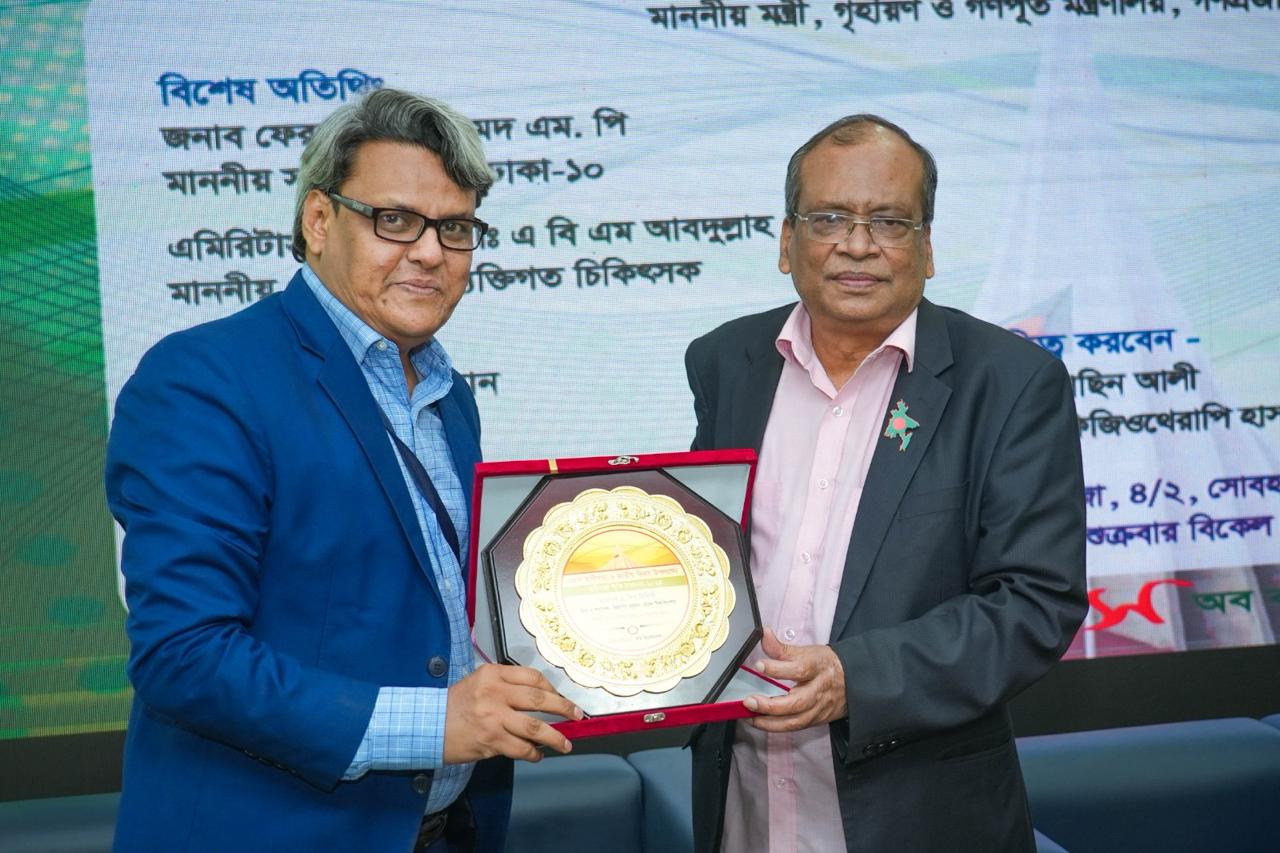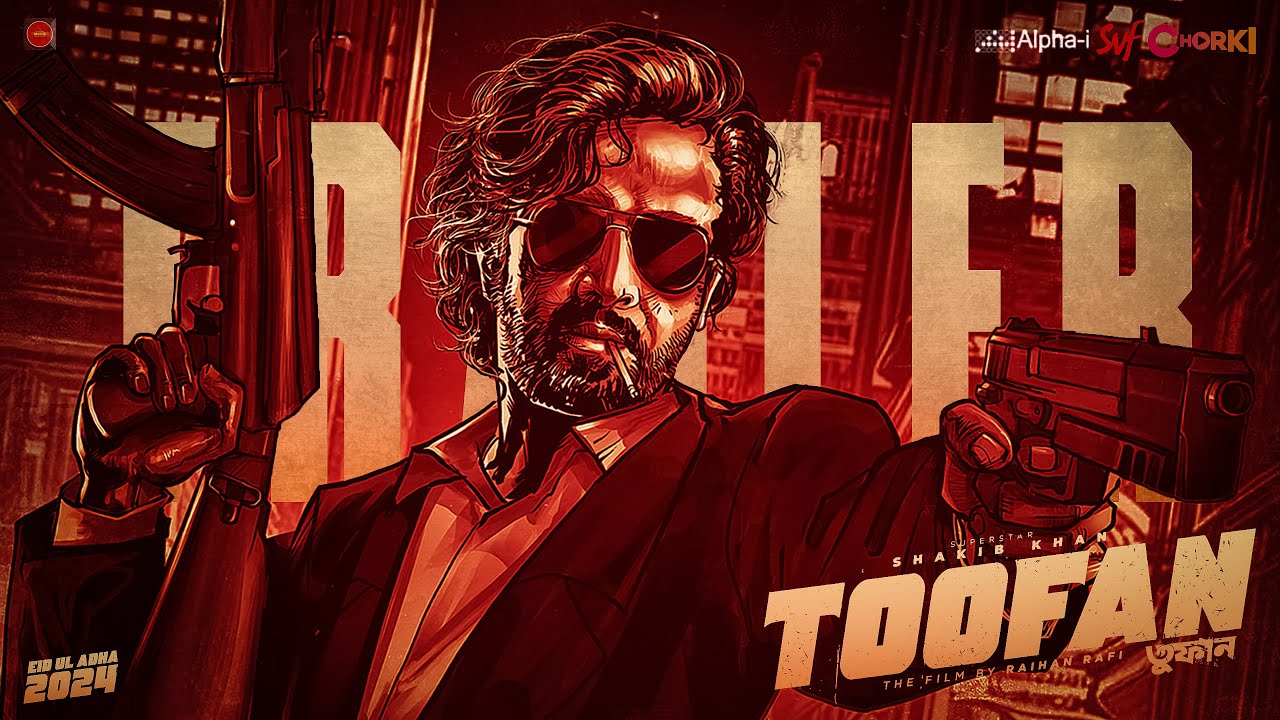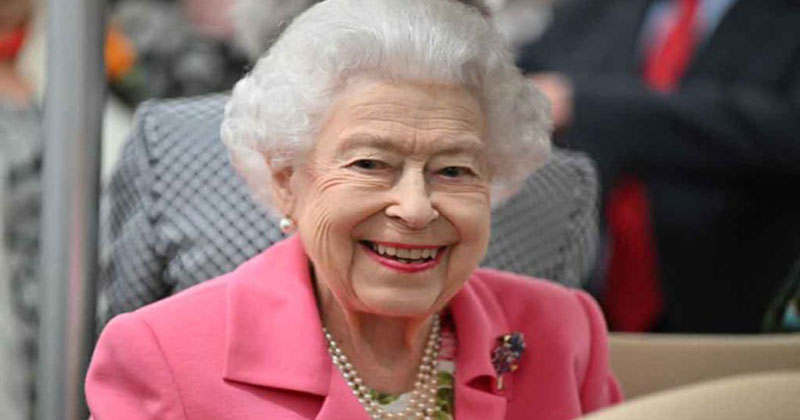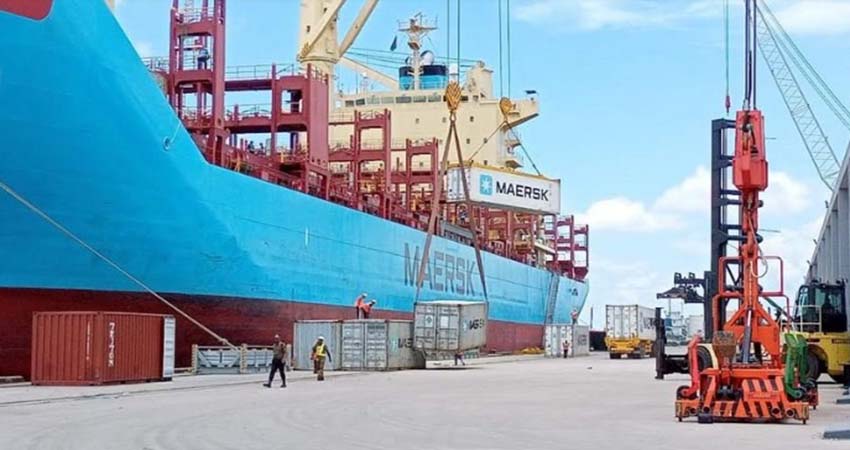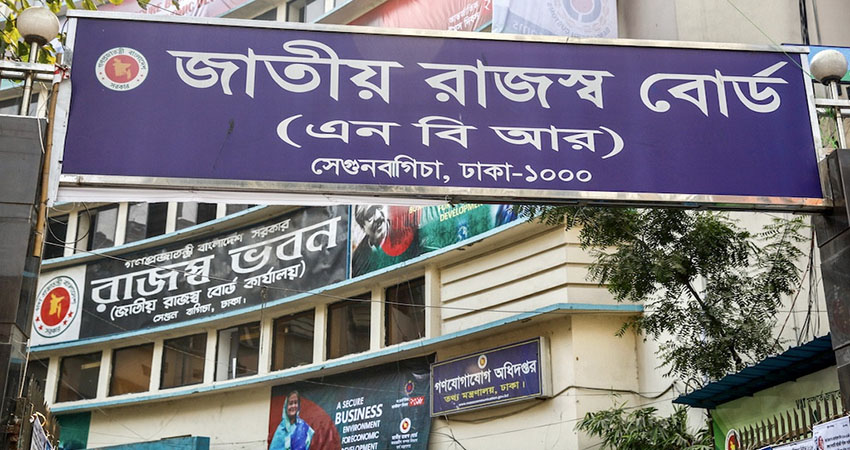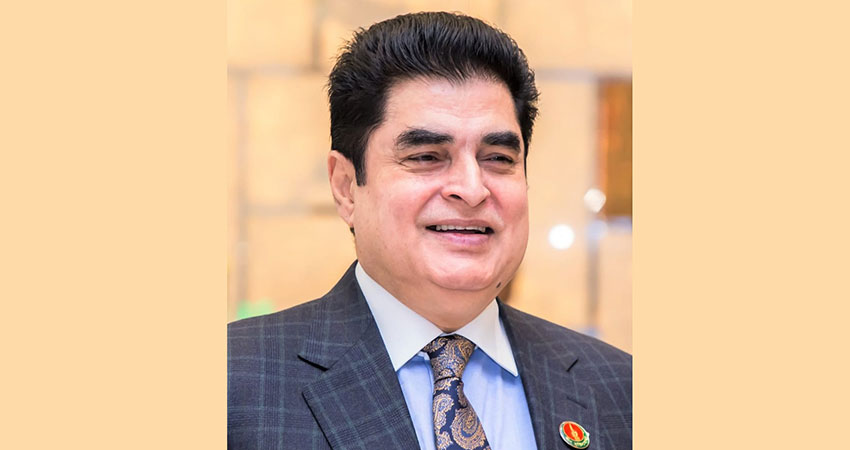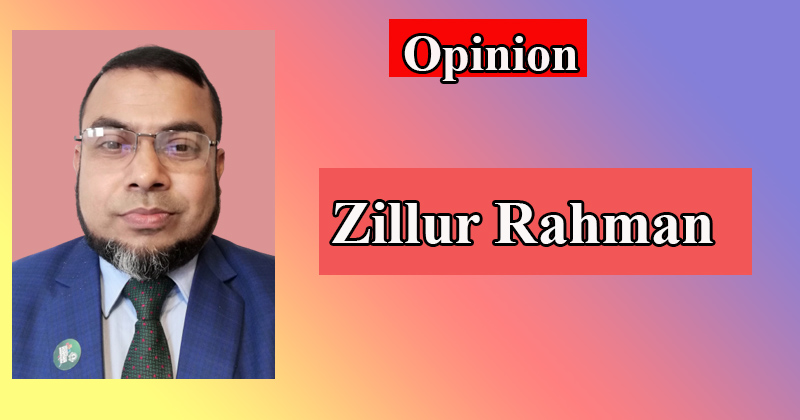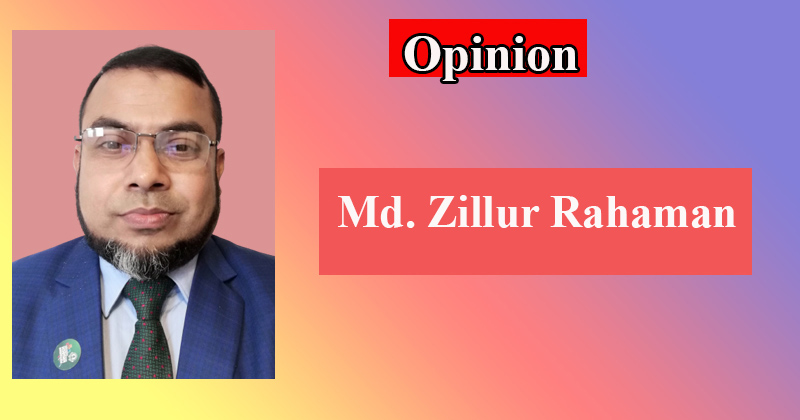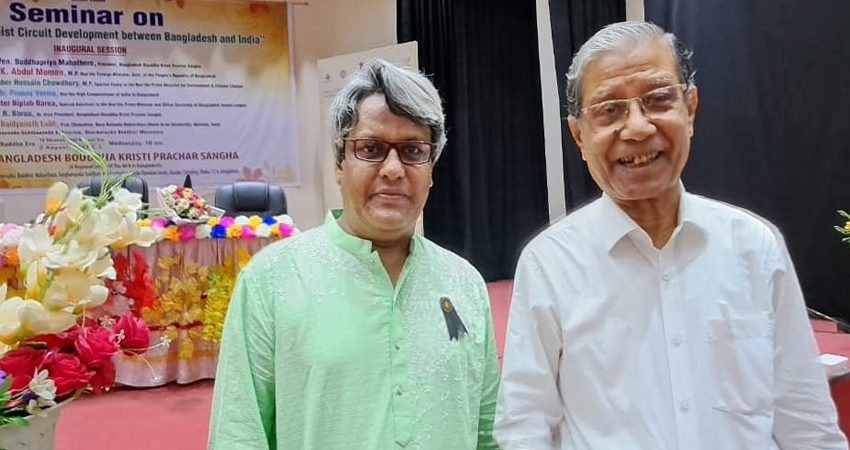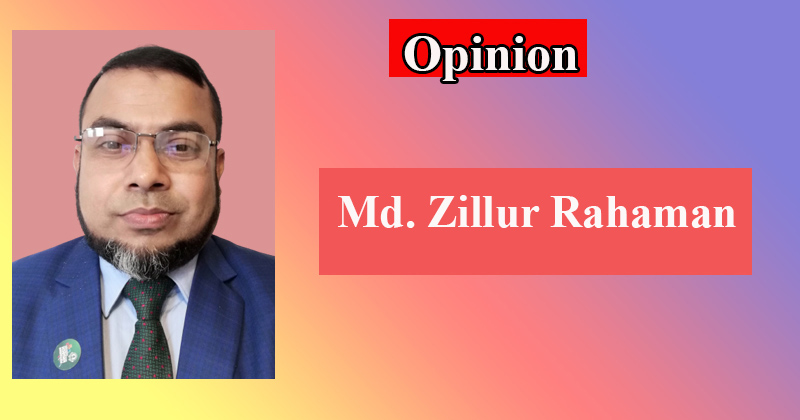Long served former PM of Japan Shinzo Abe was shot twice while delivering a campaign speech in Nara and succumbed to his wounds later the same day after suffering a cardiopulmonary arrest On 8 July 2022.Tetsuya Yamagami, 41, a former Japan Maritime Self-Defense Force officer was arrested following the shooting.
Abe was rushed to the Nara Medical University Hospital in Kashihara, where he was later declared dead. He served as prime minister of Japan and President of the Liberal Democratic Party (LDP) from 2006 to 2007 and again from 2012 to 2020. He was the longest-serving prime minister in Japanese history.
Abe also served as Chief Cabinet Secretary from 2005 to 2006 under Junichiro Koizumi and was briefly leader of the opposition in 2012.
Shinzo Abe was born on 21 September 1954 in Tokyo to a prominent political family with significant economic influence throughout pre-war, wartime and post-war Japan. His maternal grandfather Nobusuke Kishi was de facto "economic king" of occupied China and Manchukuo, and during World War II, had served as Vice Minister of Munitions in the cabinet of Prime Minister Hideki Tojo. His paternal grandfather Kan Abe was a Yamaguchi landowner who served in the House of Representatives during World War II.
Abe studied public administration and graduated with a bachelor's degree in political science from Seikei University in 1977. He later moved to the United States and studied public policy at the University of Southern California's School of Policy, Planning, and Development for three semesters. In April 1979, Abe began working for Kobe Steel.
He left the company in 1982 and pursued a number of government positions including executive assistant to the Minister for Foreign Affairs, private secretary to the chairperson of the LDP General Council. Abe was elected to the first district of Yamaguchi Prefecture in 1993 after his father's death in 1991, winning the most votes of the four Representatives elected in the SNTV multi-member district.
In 1999, he became director of the Social Affairs Division. He was deputy chief cabinet secretary in the Yoshiro Mori and Junichiro Koizumi Cabinets from 2000 to 2003, after which he was appointed secretary-general of the Liberal Democratic Party.
Abe was the chief negotiator for the Japanese government on behalf of the families of Japanese abductees taken to North Korea. As a part of the effort, he accompanied Koizumi to meet Kim Jong?il in 2002. He gained national popularity when he demanded that Japanese abductees visiting Japan remain in the country, in defiance of North Korea.
On 23 April 2006, Abe was elected as the president of the ruling Liberal Democratic Party. His chief competitors for the position were Sadakazu Tanigaki and Taro Aso. Yasuo Fukuda was a leading early contender but ultimately chose not to run. Former Prime Minister Yoshiro Mori, to whose faction both Abe and Fukuda belonged, stated that the faction strongly leant toward Abe.
On 26 September 2006, Abe was inaugurated as Japanese Prime Minister. Elected at age 52, he was the youngest prime minister since FumimaroKonoe in 1941.
Abe’s road to power and assassination
Abe’s road to power and assassination
Abe was elected to the House of Representatives in the 1993 election. He was appointed chief cabinet secretary by Prime Minister Junichiro Koizumi in September 2005, before replacing him as prime minister and LDP president in September 2006.
He was subsequently confirmed as prime minister by a special session of the National Diet, becoming Japan's youngest post-war prime minister, and the first to have been born after World War II.
Abe resigned as prime minister just after one year in office, because of medical complications from ulcerative colitis, shortly after his party lost that year's House of Councillors election. He was replaced by Yasuo Fukuda, who became the first in a series of five prime ministers who each failed to retain office for more than sixteen months.
After recovering from his illness, Abe staged an unexpected political comeback, defeating Shigeru Ishiba, the former defense minister, in a ballot to become LDP president for the second time in September 2012.
Following the LDP's landslide victory in the general election that December, he became the first former prime minister to return to the office since Shigeru Yoshida in 1948. He led the LDP to two further landslides in the 2014 and 2017 elections, becoming Japan's longest-serving prime minister.
In August 2020, Abe announced his second resignation as prime minister, citing a significant resurgence of his ulcerative colitis. He tendered his resignation on 16 September, upon the Diet electing Chief Cabinet Secretary Yoshihide Suga as his successor.
Abe was a conservative whom political commentators widely described as a right-wing Japanese nationalist. He held negationist views on Japanese history, including denying the role of government coercion in the recruitment of comfort women during World War II, a position which created tension with neighboring South Korea.
He was considered a hard-liner with respect to Japanese defense policy and advocated revising Article 9 of the pacifist Japanese constitution to permit Japan to maintain military forces.
He proposed, advocated for and successfully enacted security reform legislation in 2015 to allow for Japanese exercise of collective security, the passage of which was controversial and met with large protests. Abe's premiership was known internationally for his government's economic policies, nicknamed Abenomics, which pursued monetary easing, fiscal stimulus, and structural reforms. He is also regarded as the creator of the quad.
Abenomics, consisted of the so-called "three arrows" of policy. The first arrow was monetary expansion aimed at achieving a 2% inflation target, the second a flexible fiscal policy to act as an economic stimulus in the short term, then achieve a budget surplus, and the third a growth strategy focusing on structural reform and private sector investment to achieve long-term growth.
Writer: Columnist, and Asst Officer, Career & Professional Development Services Department (CPDS), Southeast University.


